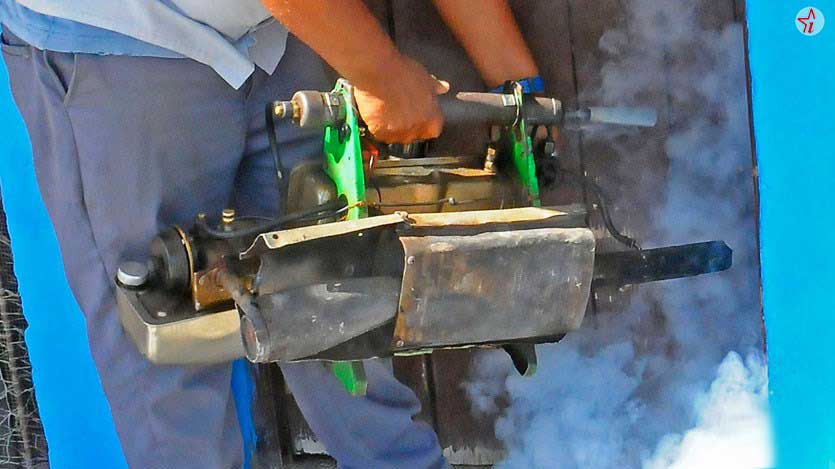
The beginning of 2022 arrives in terms of epidemiology with indicators that, at first, could make us happy, but later, in an exercise of deeper interpretation, they leave us wanting, because the Aedes aegypti mosquito has not stopped biting, no matter how let the numbers illustrate an improvement.
If we take into account that surveillance is the determining factor for understanding the epidemiological scenario in which we live and that both last year and the year that has just begun it has been low, above all, due to the prevalence of COVID-19, these Figures are just a part of reality.
That is why we cannot claim victory with the fact that the incidence rate of dengue has decreased by 92.6 percent compared to the same stage of the previous year, much less when the reactivity in week four of 2022.
This confirms what we said before: the incidence decreases, but not reactivity, even though there are fewer chances of getting sick, the number of people who, after being studied through IGM tests, are positive for the virus increases.
In fact, last year it closed with 40.9 percent of income, while 2020 did so with 86 percent, at first glance the numbers are considerable and several questions are left hanging in the air: what would happen if the hundreds of revenues were higher? Is there another reality behind the numbers?
With this same line of thought, Domingo Molina Hernández, a specialist at the Provincial Center for Hygiene, Epidemiology and Microbiology, speaks of a 57.9 percent decrease in the number of admissions in week four, especially in the municipalities of Florencia, Ciro Redondo and Primero de Enero.
“If we don't go in, if we don't isolate unspecific febrile symptoms and study them with the IGM test, the epidemiological indicators suffer. Intersect-orality, the strengthening of work teams in Primary Health Care and joint work with those responsible for Medical Assistance in each municipality are key. It is necessary to understand that this is everyone's job”.
At the end of 2021, transmission was declared in the North and South health areas of the capital city, as well as in Majagua, which led to the deployment of mitigation actions, such as radioactive blasts, adulticide treatment, and active screening. Now, on a weekly basis, risk areas are stratified and it is decided how they will be intervened.
In this process, changes in work strategies could yield better results, for example, laboratories have been decentralized and IGM tests can be carried out in each municipality of the territory, which will guarantee faster diagnoses and save resources.




